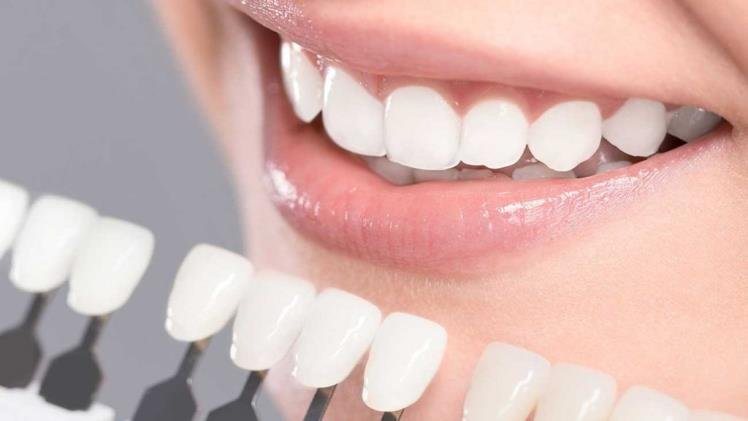Working in the medical field requires certain standards regarding professional attire. Not only is it important for medical staff to uphold a clean and competent appearance, but the clothing worn by healthcare workers can directly impact safety and infection control. When considering attire in a healthcare setting, there are a few key factors to remember.
Hygiene and Infection Control
Preventing the spread of germs and infectious diseases is critical in hospitals, clinics, and other medical facilities. Medical scrubs are commonly worn because they can be sterilized and washed at high temperatures between uses. This helps reduce the transfer of bacteria and viruses from surface to surface. Studies have shown that healthcare workers’ attire can harbor dangerous pathogens if not properly cleaned. Following strict laundry procedures for uniforms is essential.
Additionally, clothing with long sleeves or excessive fabric can unintentionally pick up and transfer germs. This is why fitted medical scrubs are ideal, along with avoiding accessories like jewelry or ties that hang down. Keeping hair tied back and nails short without polish further reduces risks. Proper hygiene like frequent hand washing is important as well.
Patient Perceptions
How a healthcare provider dresses impacts patient perceptions of cleanliness, professionalism and competence. Patients tend to view physicians who wear formal attire like a long white coat as more knowledgeable and qualified. However, many hospitals and clinics now opt for medical scrubs to portray tidiness and uniformity. Studies indicate that when medical staff wear scrubs, patients feel they are cleaner and more hygienic overall.
Additionally, neatly pressed scrubs in a matching set can convey professionalism and attention to detail. A name badge and smile also helps patients feel comfortable and confident in the care they will receive.
Safety and On-the-Job Performance
Loose-fitting clothing, ties, hoods or accessories can present safety hazards, especially when working in laboratories, operating rooms and emergency departments. Scrubs and other uniforms allow freedom of movement while eliminating dangerous loose material that could contact chemicals, fire, bodily fluids or other hazards.
Certain fabrics like cotton are also cooler and more breathable, preventing overheating. This aids cognitive performance when staff must concentrate for long periods. Proper footwear like slip-resistant shoes further promotes safety in fast-paced and unpredictable medical environments.
Representing the Facility
A uniform appearance reminds patients that staff are part of a unified team. Matching scrubs branded with a clinic or hospital’s name and logo also provide continuous advertising. Studies evaluating consumer perceptions report that branded medical uniforms enhance an organization’s image and reputation. Patients view consistently dressed personnel as more knowledgeable, organized and professional.
Best Practices for Medical Attire Policies
When developing policies for medical uniforms and workwear, health facilities must consider several factors for maximum safety and efficacy. Here are some best practices to keep in mind:
Choose Appropriate Fabrics
Cotton, polyester, rayon and spandex blends allow for comfort and breathability. Try to avoid silk or wool that may overheat. Fabrics should release wrinkles easily. Scrubs made with antimicrobial textiles help reduce odor and bacteria.
Select a Flattering and Professional Style
The right fit is vital – not too loose or form-fitting. Pants should be hemmed properly at the ankle without bunching. Top styles can include V-neck, crew neck or mock wrap. Go with solid colors or small prints only. Avoid noisy fabrics.
Set a Color Palette
Pick 1-3 base colors like blue, black, gray or green. This maintains uniformity among staff. Consider bold trims or color-blocking for style. Coordinate accessories like jackets, underscratches or fleece.
Add Custom Branding
Adding facility logos, slogans or imagery on scrubs promotes professionalism. This allows easy identification of personnel. Embroidered name badges are encouraged.
Provide Options for Roles
Vary styles slightly between departments like surgery, imaging, nursing units etc. This helps patients distinguish roles. Some facilities also designate colors by position like navy for RNs, wine for LPNs, ceil for medical assistants etc. Consider options like printed jackets for physicians.
Allow for Religious/Cultural Needs
Be sensitive to religious headcoverings like hijabs or kippahs. Also allow unisex styles. Permit solid colored undershirts for coverage needs. Support cultural ties to color.
Establish Laundering Rules
Provide on-site scrub cleaning and disposal. Ban home laundering. Use antibacterial detergent and high heat. Replace torn or damaged sets immediately. Consider scrub dispensing machines.
Provide Protective Accessories
supply disposable gowns, gloves, face shields etc as needed. Also include warmer layers like long sleeve shirts or fleece for comfort. Have a backup supply of various sizes.
Allow Some Flexibility
While consistency is key, permit some personal self-expression. Nurses may benefit from print pants or patterned hijabs. Physicians could wear a nice tie over scrubs. Just maintain professionalism.
Final Thoughts
A medical uniform policy optimizes safety, hygiene and conduct standards for providers in all roles. While scrubs are commonly used, facilities should still consider the latest research on fabrics and styling options. With some customization for roles and personalities, staff can feel professional and confident while prioritizing practicality. Most importantly, healthcare attire should signify cleanliness, competence and approachability to the diverse patients served. A dress code reflects greatly on the facility’s overall mission and vision.



